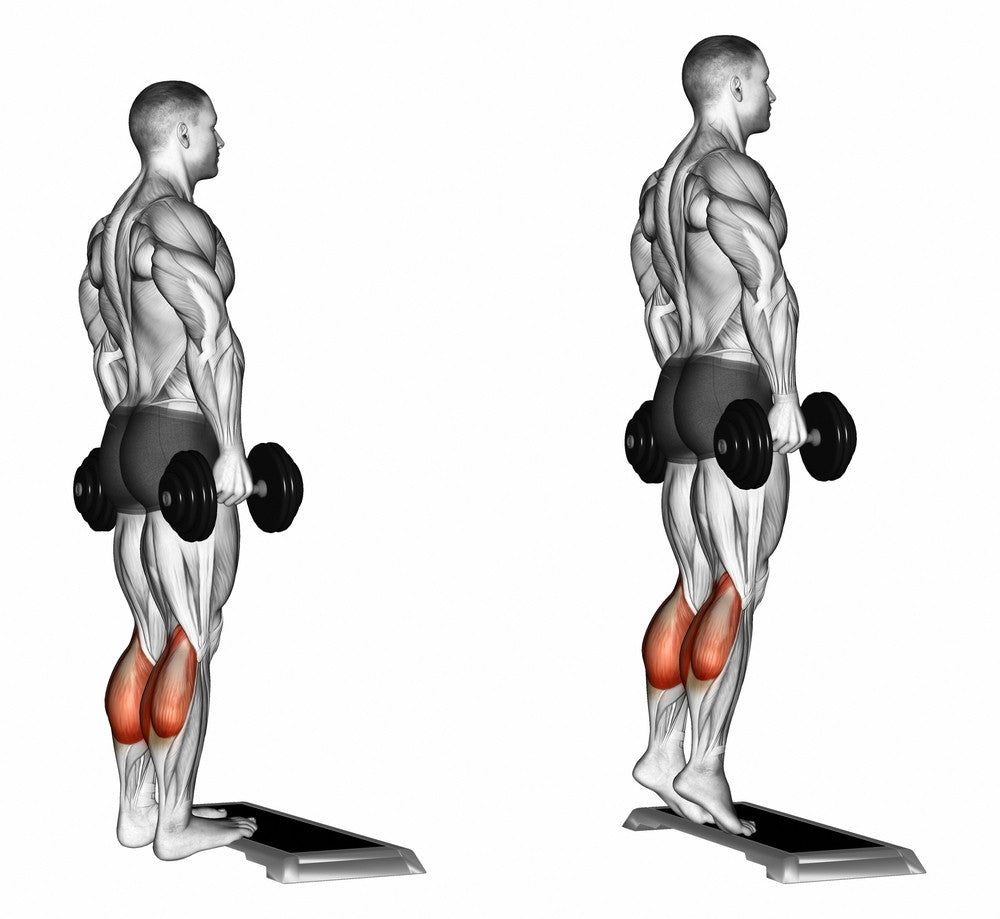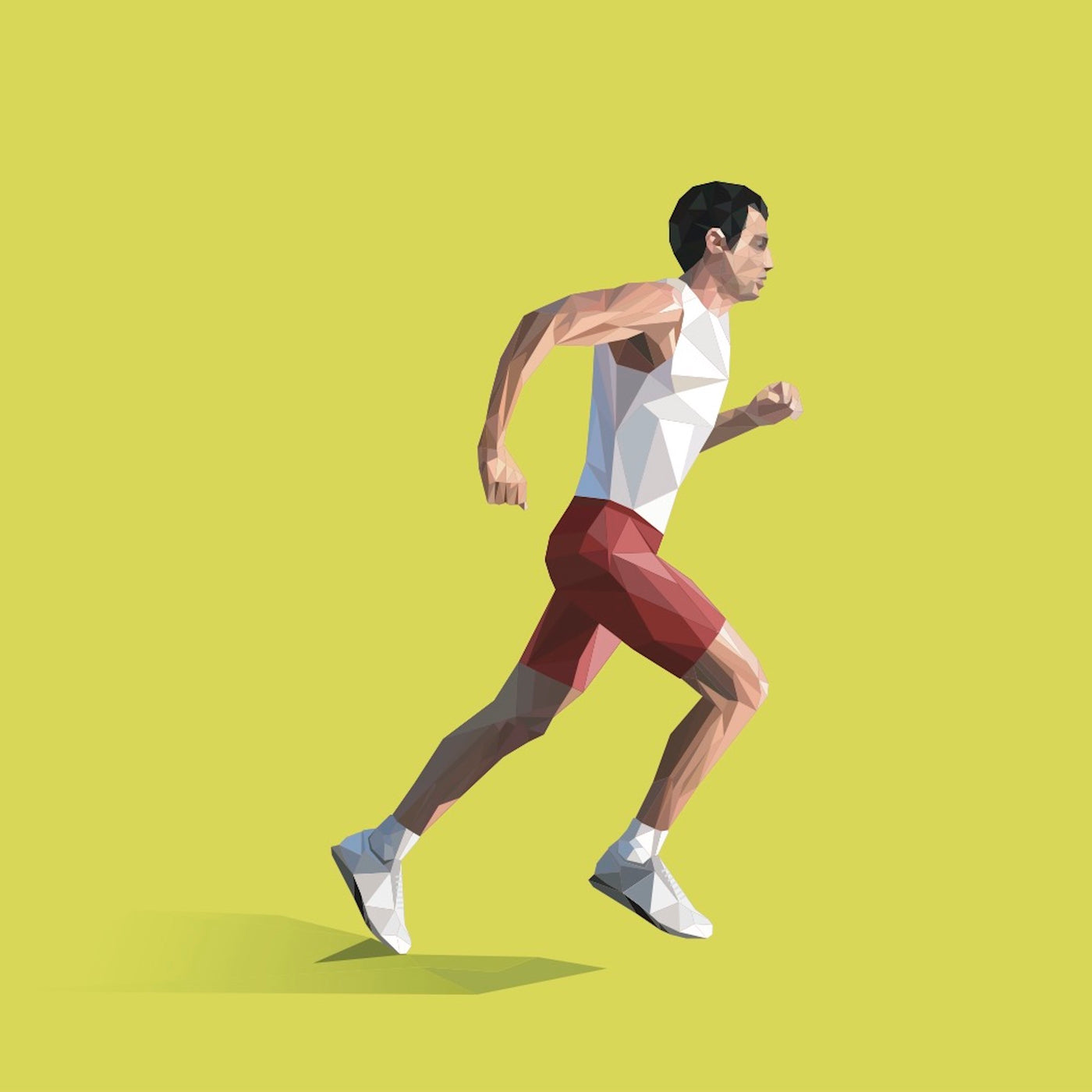Exercise Anatomy
Heel Raise
The Heel Raise, also known as Calf Raise, is a simple yet effective exercise targeting the calf muscles. By lifting your heels off the ground, you engage and strengthen the muscles in your lower legs. This exercise not only enhances calf definition but also contributes to improved stability and balance. Add it to your routine for stronger, more sculpted calves and a foundation for better overall lower body strength.

Major Muscles and Actions Involved
During the Heel Raise, or Calf Raise, the primary joint action is ankle plantar flexion. This occurs as you lift your heels off the ground, extending the ankle joint. The major muscles involved in this exercise include the gastrocnemius and soleus, collectively known as the calf muscles. These muscles contract to raise the heels, generating tension and promoting strength development in the calves.

Sports Uses
The Heel Raise, or Calf Raise, holds direct benefits for various sports that require explosive lower body power, agility, and endurance. Athletes in basketball benefit from enhanced calf strength for jumping and quick changes in direction. Runners find value in the exercise to improve push-off during sprints. Soccer players utilize strong calves for rapid acceleration and sudden stops. Additionally, the Heel Raise proves advantageous for activities like volleyball, tennis, and dance, where powerful and well-conditioned calf muscles contribute to overall performance and injury prevention.
Exercise Tips
- Full Range of Motion: Ensure a complete range of motion by lowering your heels below the level of the step or ground. This maximizes the stretch on the calf muscles, promoting better development.
- Controlled Movement: Execute the Heel Raise with controlled, deliberate movements. Avoid bouncing at the bottom, and lift and lower your heels in a smooth, controlled manner to engage the muscles effectively.
- Appropriate Weight: Start with a manageable amount of weight, especially if you're new to the exercise. Gradually increase the resistance as your strength improves, but prioritize proper form over heavy weights to prevent injury.
- Variations for Diversity: Experiment with different variations of the Calf Raise, such as single-leg raises or performing the exercise on an incline, to target the calf muscles from various angles and enhance overall development.
- Breathing Technique: Inhale as you lower your heels and exhale as you raise them. Maintain a steady and controlled breathing pattern throughout the exercise to optimize oxygen flow to the muscles and support endurance.
